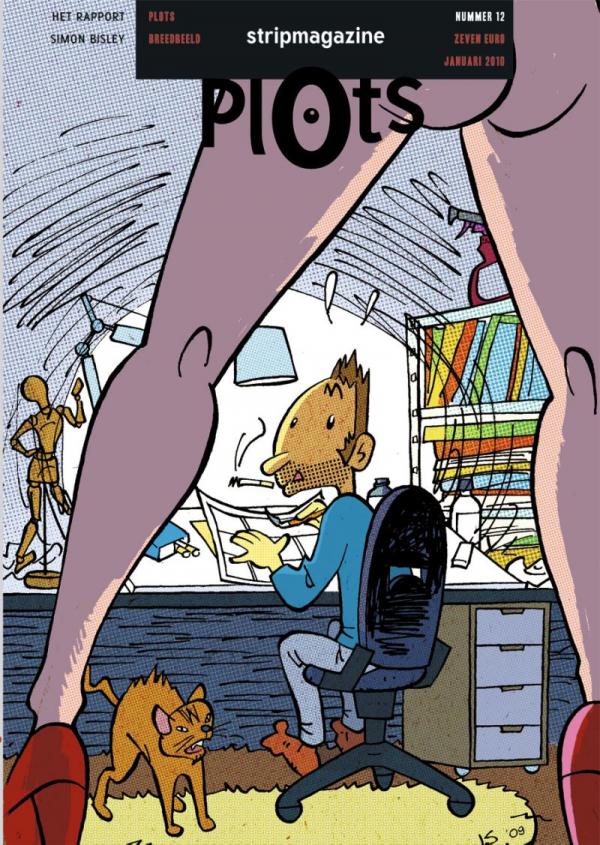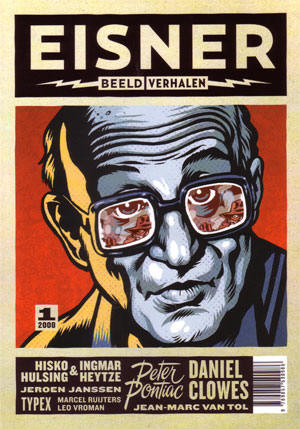
In the comments thread at Michael Minneboo’s original post (Dutch), Peter Moerenhout responds with his own experiences in publishing a comics zine (also Dutch), the Flemish-Belgian Plots. It’s interesting to read his comments to see the quite different strategies Plots and Eisner used.
Plots got 28,000 euro subsidy to publish twelve issues, nine of which were sold for 5 euro per issue, 2 more for seven euro and one for ten euro, but this was a double length issue. Each issue sold some 600 copies, with the normal issues having 84 pages and the double issue 148 pages. This as compared to Eisner that got 30,000 euro for only five issues and sold them for fifteen euros and managed to sell at most a 1,000 copies or so per issue. The former broke even but the later lost money. The big difference? Eisner paid its contributors but Plots didn’t, if I understood Peter correctly, which meant that they could spent less per issue. Peter also muses that if they had had an actual advertising budget, it might have done better, yet the Eisner people had this but it didn’t matter. Both magazines failed, or at least could not carry on without more subsidies.
Such failure is not preordained: Zone 5300 is a similar sort of magazine that has been mixing comics with the detritius of cult culture since the mid nineties, first as a monthly US comics size pamphlet, currently as a quarterly magazine. It has helped quite a few Dutch cartoonists get their step up from fandom (Maaike Hartjes, Barbara Stok, Jeroen de Leijer, Marcel Ruiter undsoweiter) as well premiered quite a few good international cartoonists for the Dutch language comics market, like Jim Woodring. It has had its ups and downs but so far has always managed to weather the various crisises it went through. It can be done, but you need money, talent and probably quite a bit of luck…
